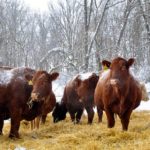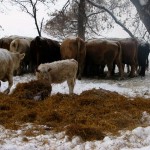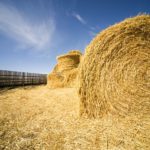It takes a North American prairie cold snap, those first two to three weeks of real winter when outside temperatures plummet where Fahrenheit and Centigrade meet below zero, for beef specialists to dust off and publish articles on managing cows through cold — the -40 C kind. They all make valid points; gentle reminders for […] Read more














